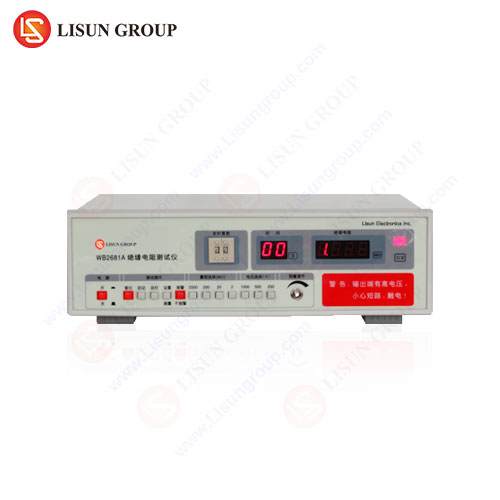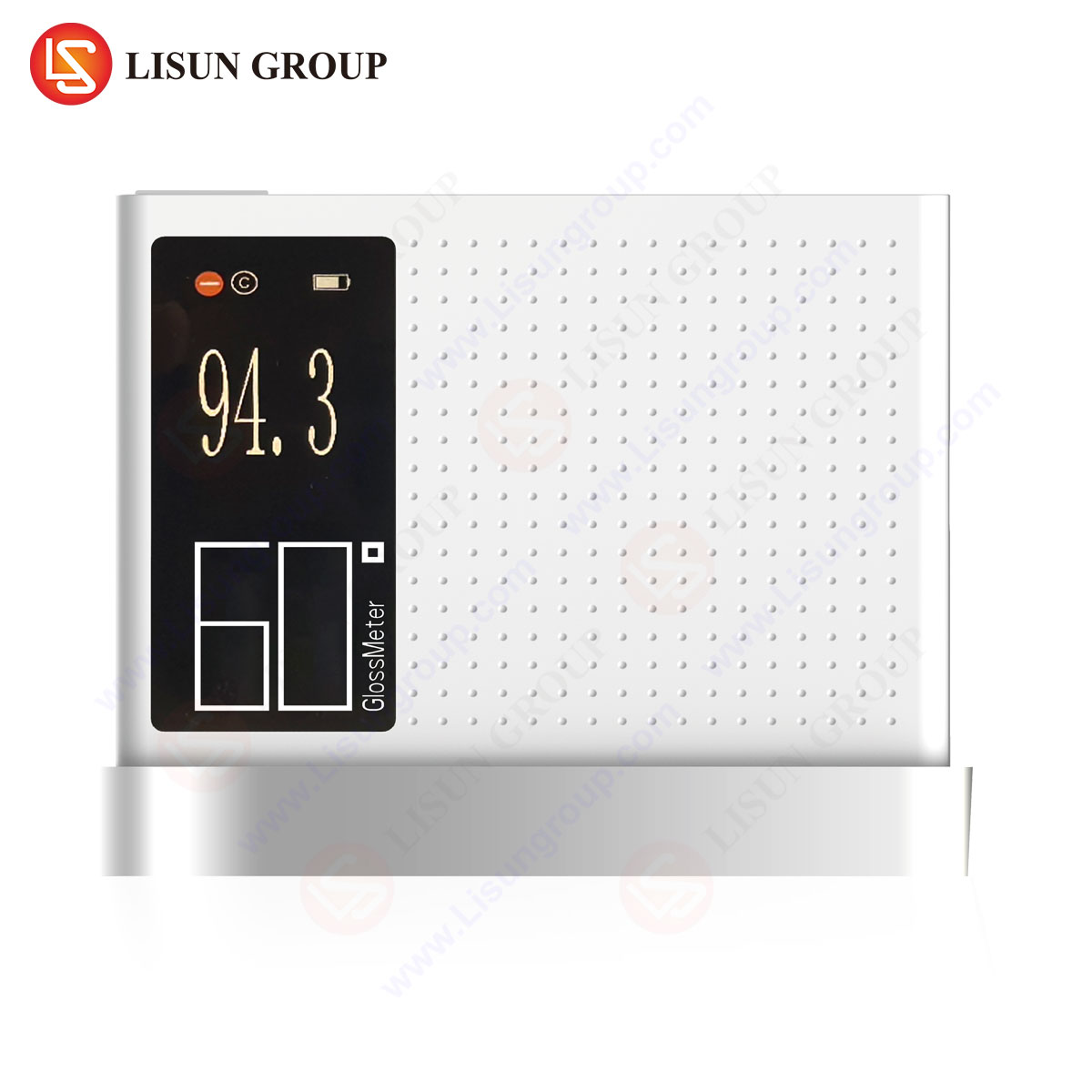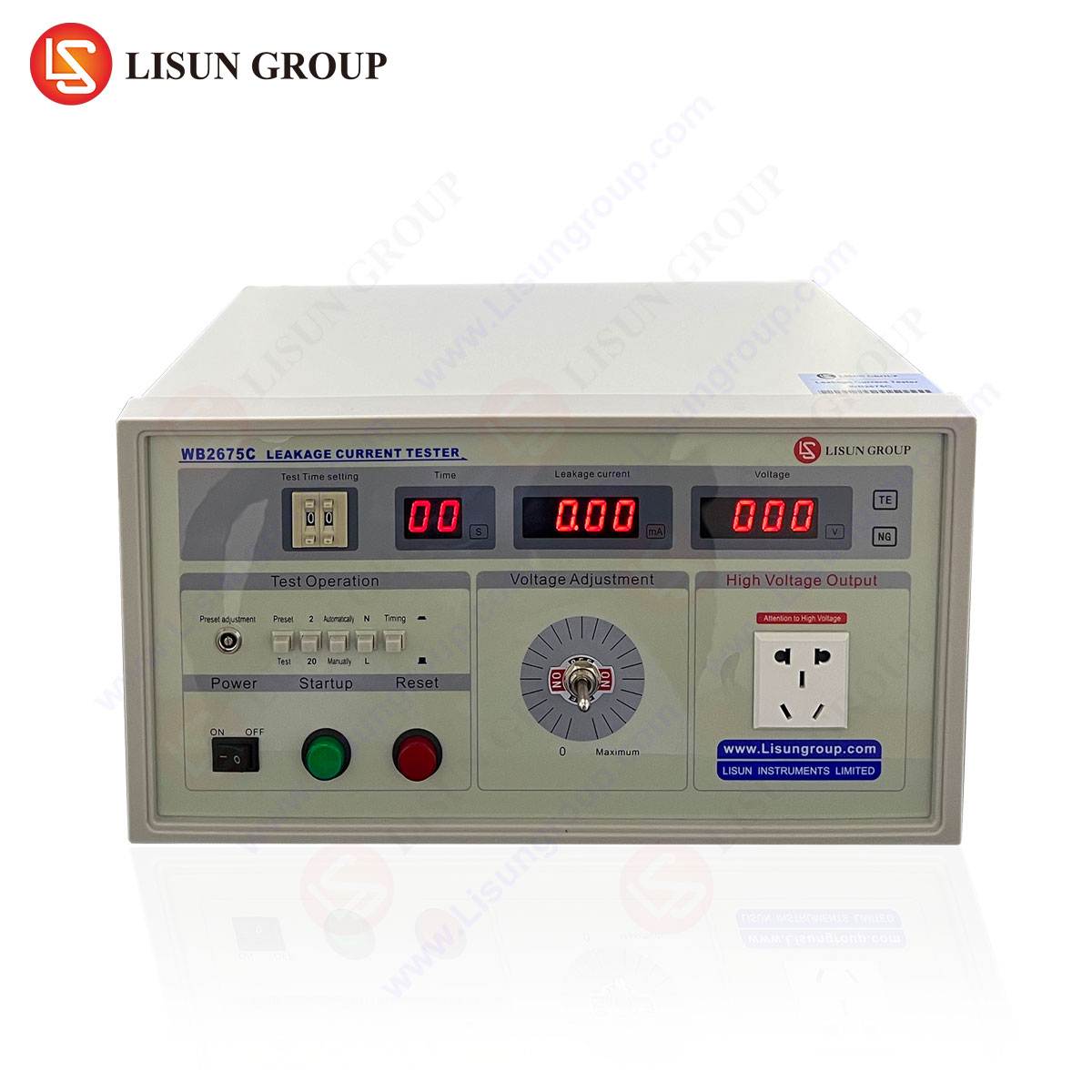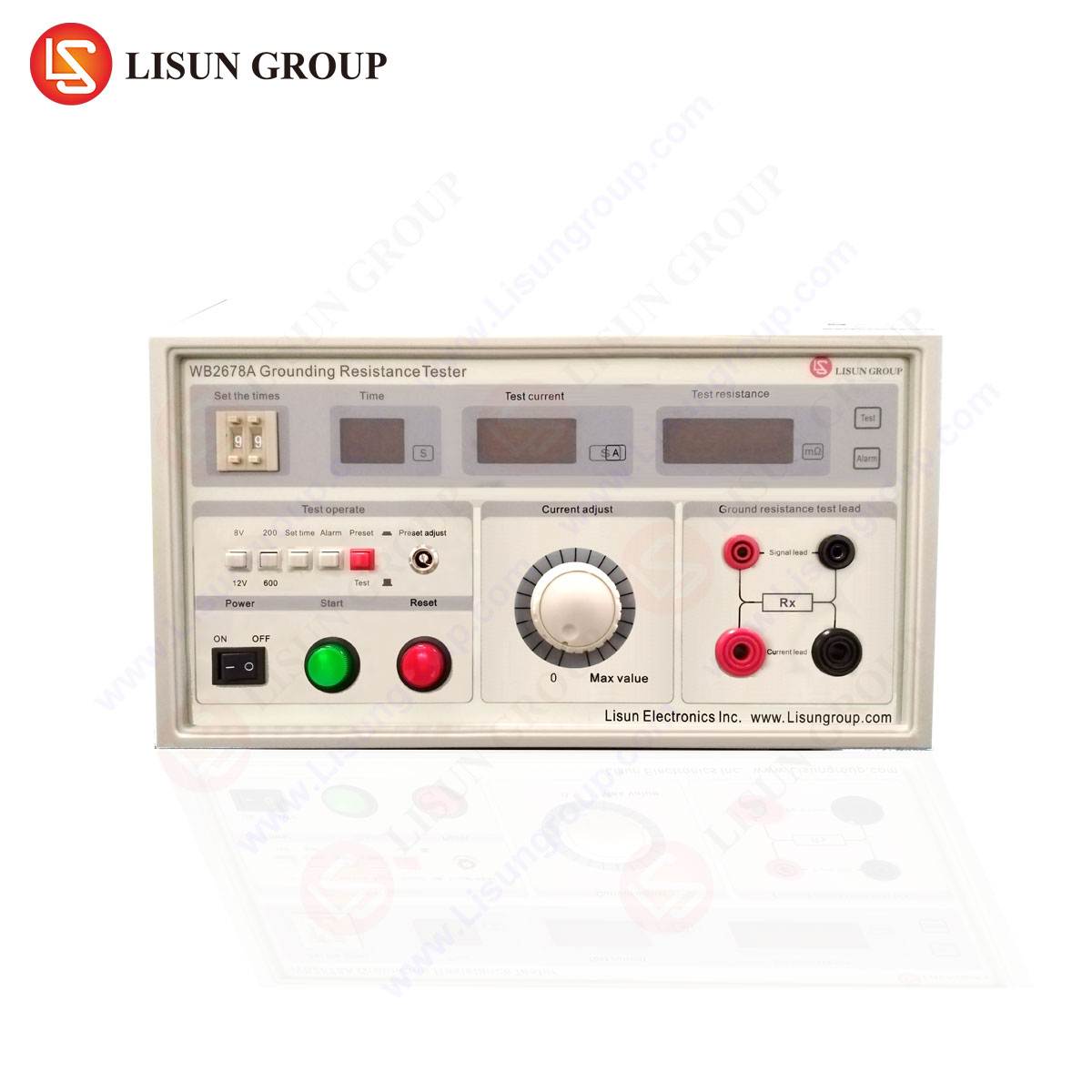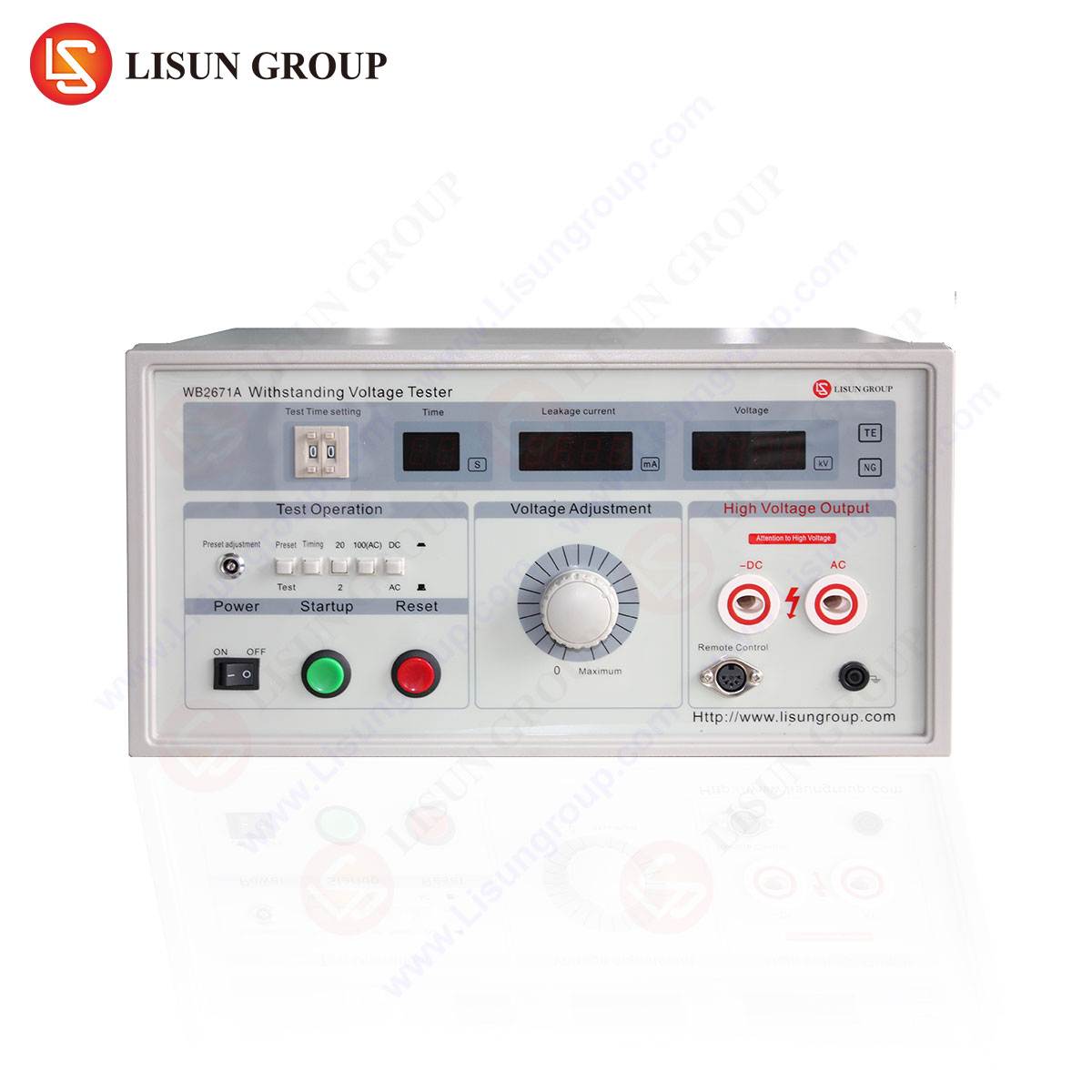Introduction to Xenon Lamp Aging Test Chambers
Xenon lamp aging test chambers simulate the effects of sunlight, moisture, and temperature fluctuations on materials to evaluate their long-term durability. These chambers are critical in industries where product longevity and resistance to environmental stressors are paramount. The XD-150LS Xenon Lamp Test Chamber por LISUN exemplifies advanced testing capabilities, incorporating precise spectral control, temperature regulation, and humidity simulation to meet international standards such as ISO 4892-2, ASTM G155, and IEC 60068-2-5.
Core Features of the XD-150LS Xenon Lamp Test Chamber
High-Fidelity Spectral Irradiance Control
O XD-150LS employs a xenon arc lamp with a spectral output closely matching natural sunlight, covering wavelengths from 290 nm to 800 nm. This ensures accurate simulation of UV, visible, and infrared radiation. A calibrated spectroradiometer continuously monitors irradiance levels, maintaining consistency across test cycles. Adjustable filters allow customization to replicate specific geographic solar conditions, such as desert or tropical climates.
Precision Temperature and Humidity Regulation
A dual-loop PID control system maintains chamber temperatures between 10°C and 80°C, with humidity levels adjustable from 20% a 98% RH. This enables cyclic testing under extreme conditions, replicating diurnal variations or prolonged exposure to high humidity. The chamber’s air-cooled xenon lamp minimizes thermal interference, ensuring stable test conditions.
Automated Test Programming and Data Logging
O XD-150LS supports programmable test sequences, allowing users to define alternating exposure cycles (e.g., UV radiation followed by condensation phases). Real-time data logging captures irradiance, temperature, and humidity metrics, facilitating compliance with ISO 4892-2 and other standards. An integrated touchscreen interface simplifies parameter adjustments and test monitoring.
Material-Specific Testing Capabilities
The chamber accommodates diverse sample types, including:
- Polymers and coatings (evaluating colorfastness, chalking, and gloss retention)
- Textiles and automotive interiors (assessing UV degradation and fading)
- Electronic enclosures (verifying resistance to solar heat and moisture ingress)
- Photovoltaic modules (testing long-term UV stability)
Industry-Specific Applications of Xenon Lamp Aging Testing
Automotive Electronics and Exterior Components
Automotive manufacturers rely on xenon lamp testing to validate the durability of dashboard materials, exterior paints, and polymer seals. The XD-150LS simulates years of sun exposure within weeks, identifying premature cracking or discoloration in components such as:
- Headlight lenses (polycarbonate yellowing resistance)
- Wiring insulation (thermal degradation under UV stress)
- Interior trim (color stability under prolonged sunlight)
Equipamento elétrico e eletrónico
Telecommunications enclosures, industrial control systems, and consumer electronics undergo xenon testing to ensure resilience against solar radiation. Key evaluations include:
- PCB coatings (moisture barrier effectiveness)
- Outdoor-rated displays (UV-induced delamination)
- Connector housings (material brittleness after accelerated aging)
Lighting Fixtures and Optical Components
LED housings, diffusers, and reflector materials are subjected to xenon lamp testing to verify:
- Lumen maintenance under UV exposure
- Yellowing or hazing of polycarbonate lenses
- Thermal cycling effects on solder joints
Competitive Advantages of the XD-150LS Xenon Lamp Test Chamber
Enhanced Spectral Accuracy with Calibrated Filters
Unlike lower-cost chambers that use broad-spectrum lamps, the XD-150LS integrates daylight and window glass filters to replicate real-world conditions. This reduces false positives in material degradation assessments.
Energy-Efficient Air-Cooled Lamp Design
Traditional water-cooled xenon systems require extensive maintenance. The XD-150LS employs an advanced air-cooled lamp, reducing downtime and operational costs while maintaining irradiance stability.
Compliance with Global Testing Standards
The chamber adheres to:
- ISO 4892-2 (Plastics—Methods of exposure to laboratory light sources)
- ASTM G155 (Standard Practice for Operating Xenon Arc Light Apparatus)
- IEC 60068-2-5 (Environmental testing—Test methods)
Conclusão
O XD-150LS Xenon Lamp Test Chamber provides a robust solution for accelerated weathering tests across multiple industries. Its precision spectral control, automated cycling, and compliance with international standards make it indispensable for R&D and quality assurance in sectors demanding material longevity.
Secção FAQ
Q1: How does the XD-150LS simulate different climatic conditions?
The chamber uses adjustable irradiance filters and humidity controls to replicate environments ranging from arid deserts to tropical regions, with spectral output calibrated to match natural sunlight.
Q2: What maintenance is required for the xenon lamp?
The air-cooled xenon lamp in the XD-150LS requires periodic recalibration (every 1,000 hours) and filter replacement to ensure spectral accuracy.
Q3: Can the chamber test large or irregularly shaped samples?
O XD-150LS accommodates samples up to 150L in volume, with adjustable racks for varied geometries. Custom fixtures may be required for non-standard components.
Q4: How does xenon testing compare to QUV testing?
Xenon lamps provide full-spectrum UV, visible, and IR radiation, whereas QUV chambers focus solely on UV wavelengths. Xenon testing is more representative of real-world solar exposure.
Q5: What industries benefit most from xenon aging tests?
Automotive, aerospace, electronics, and building materials sectors rely on xenon testing to predict long-term material performance under environmental stress.


